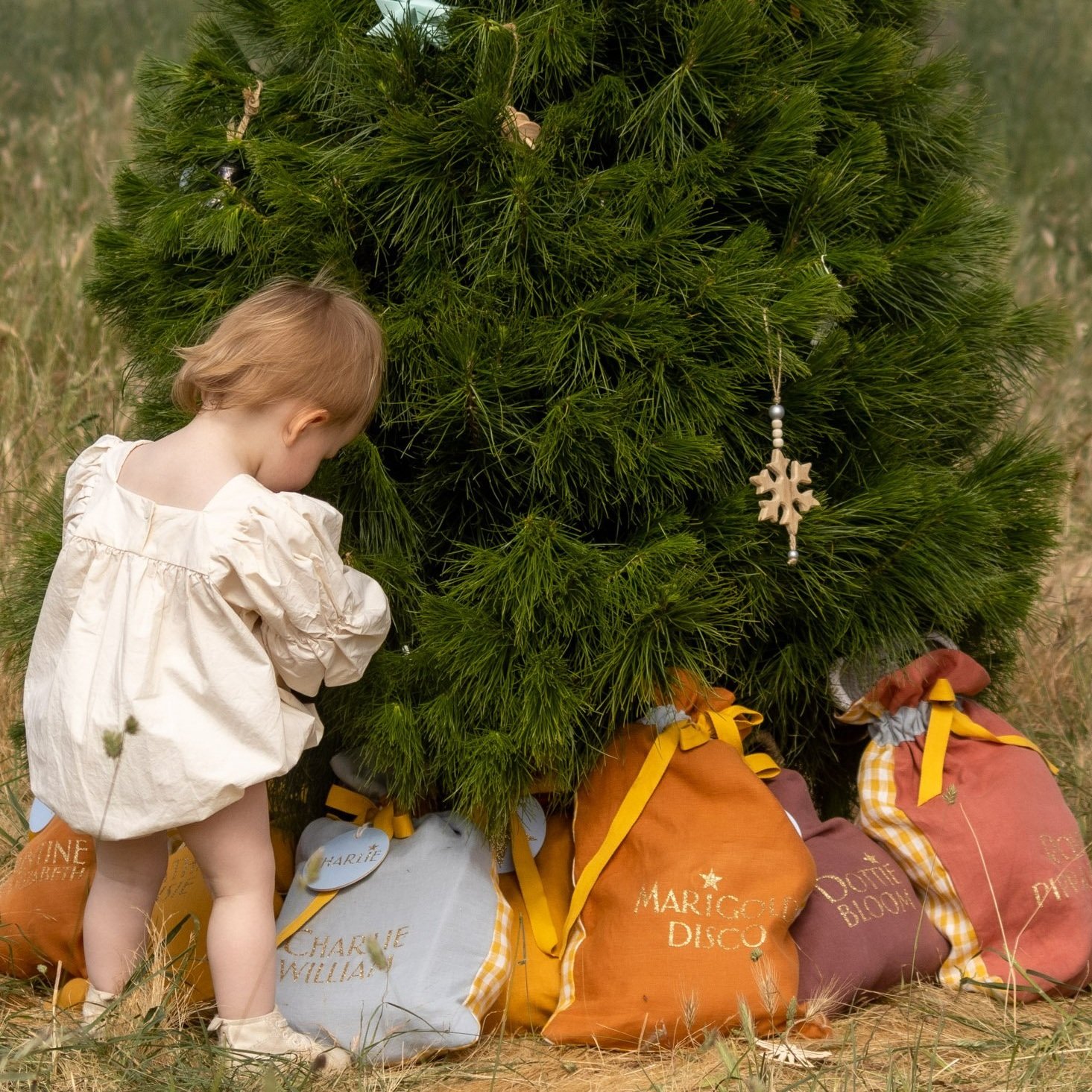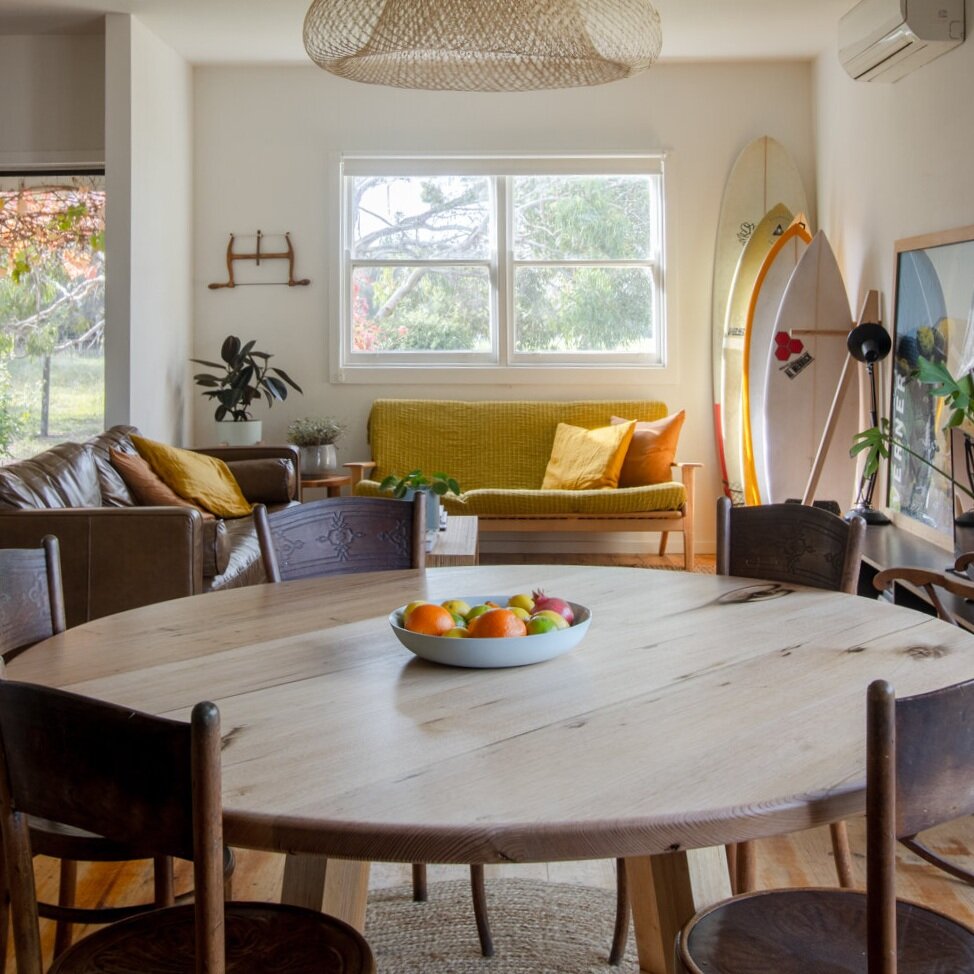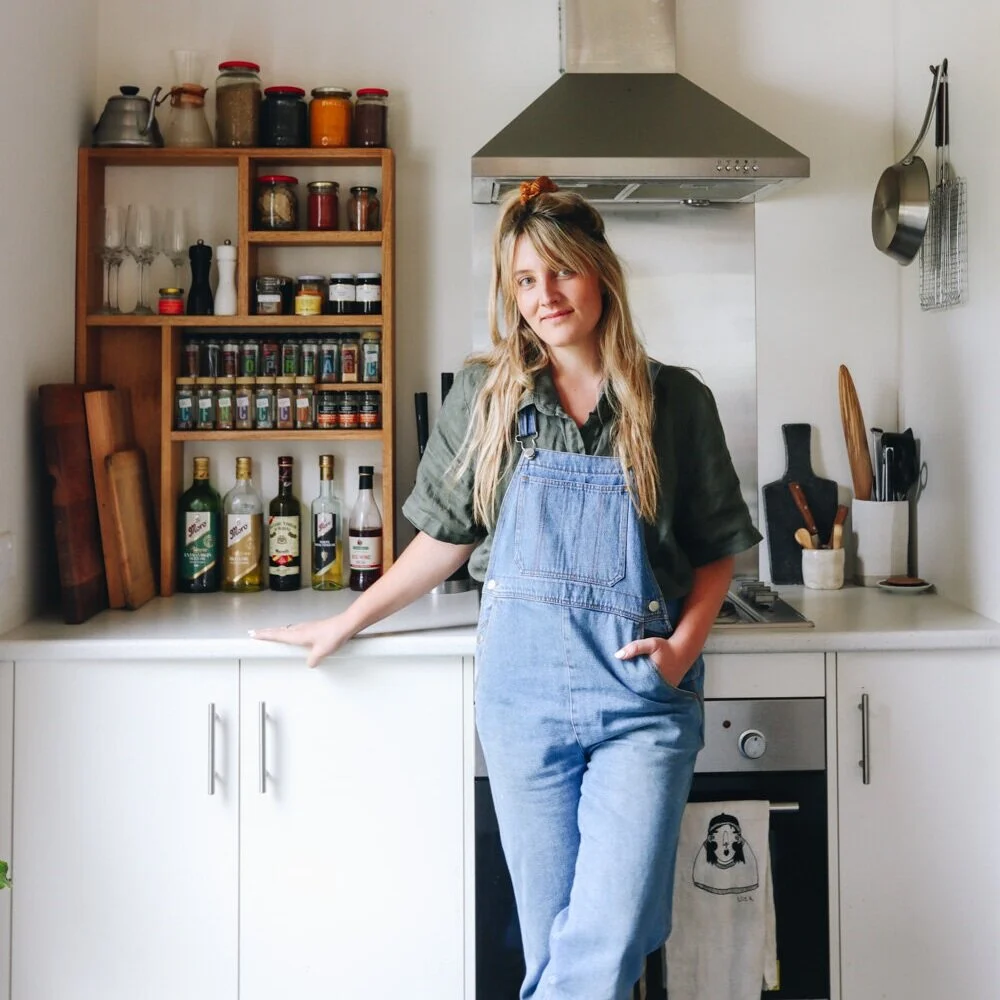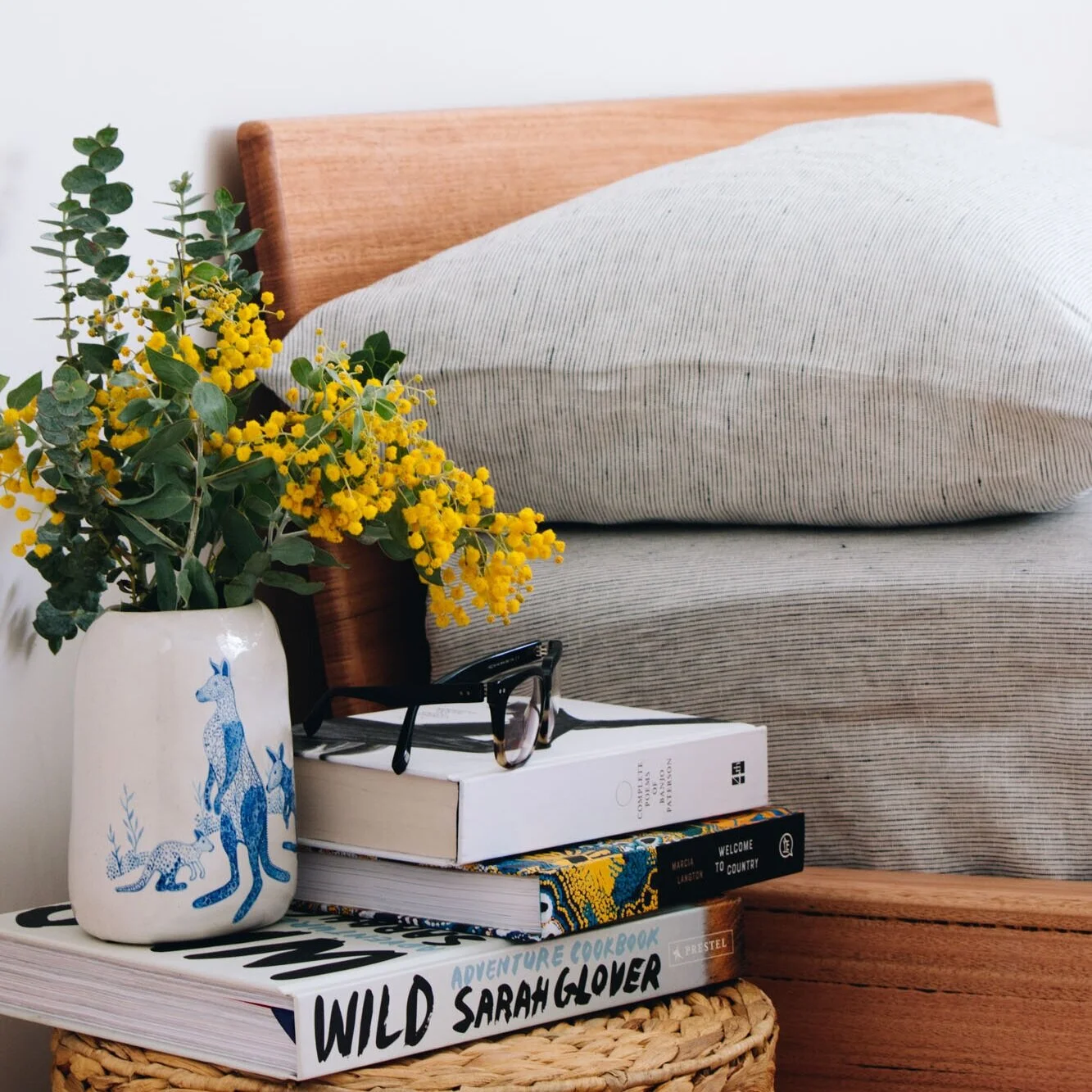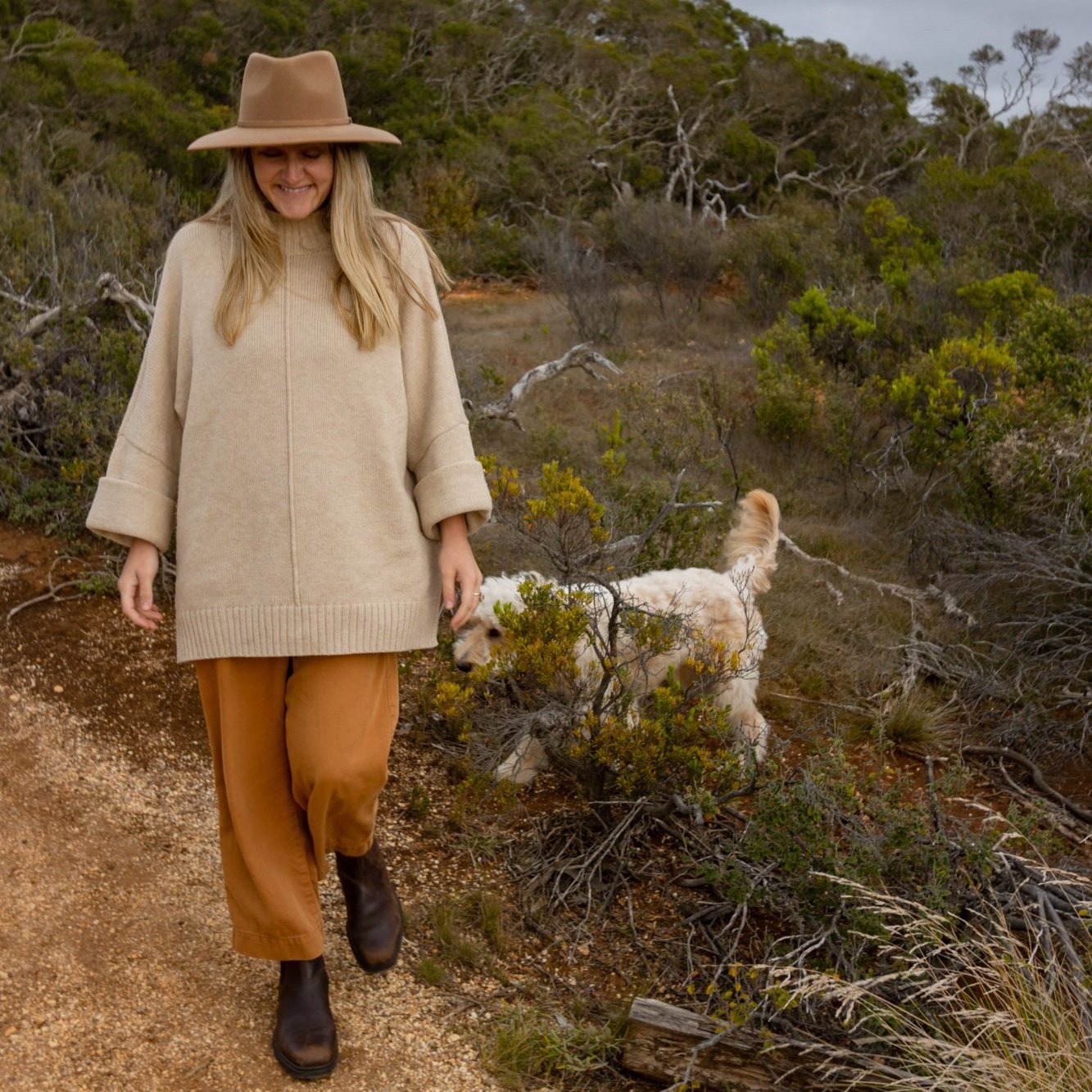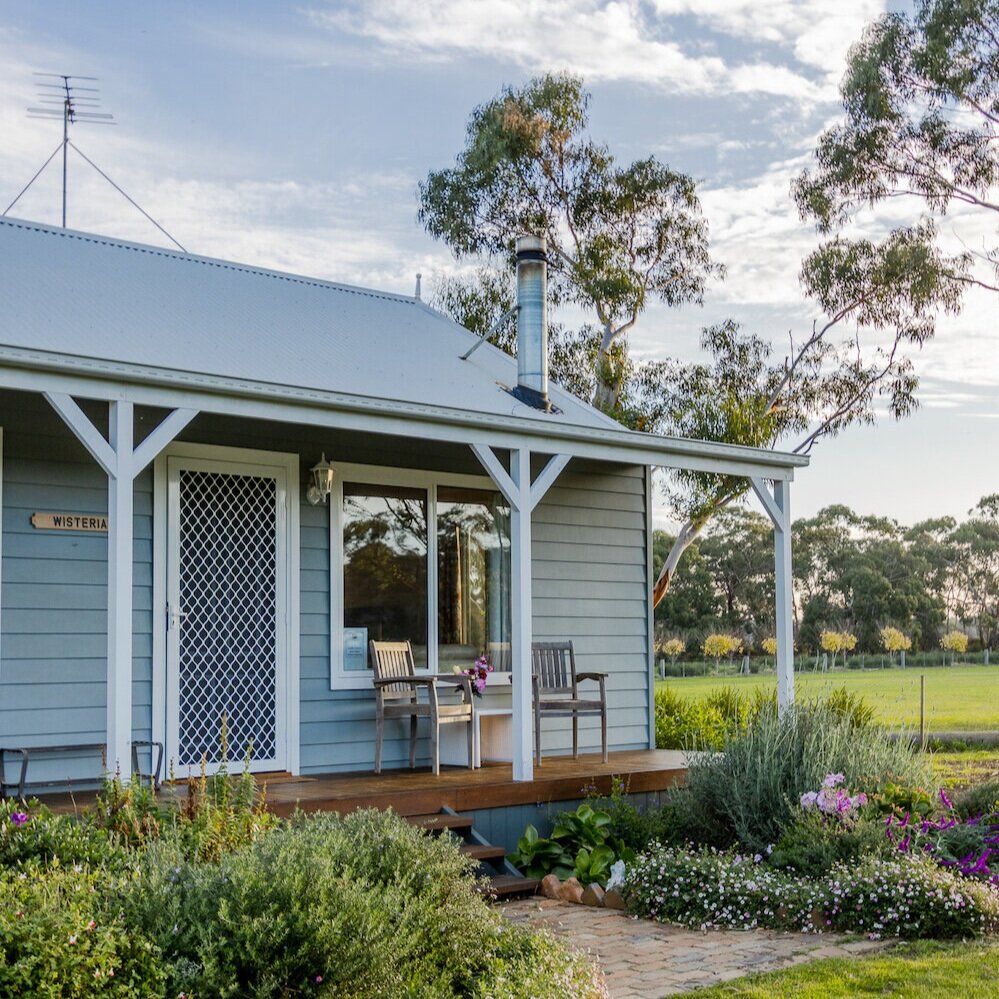How To Make a DIY Timber Grazing Board
Step by step instructions to easily make this DIY Grazing Board.
It's platter season and is there anything more festive than gathering around a table with your friends eating and drinking?
For this week's DIY Project as part of our Christmas Gift Guide Series we thought we'd make a nice BIG Grazing Board that is perfect for those who love to entertain (like us).
We created stands to stack the grazing board on top of to allow styling underneath - because what's a Christmas table without a bit of festive foliage?
This is a beginners project with lots of steps to learn or brush up on woodworking techniques. Easy and affordable to make that produces a really high quality gift that anyone would be stoked to receive.
This one is for our fellow cheese lovers,
Enjoy!
AL + IMO

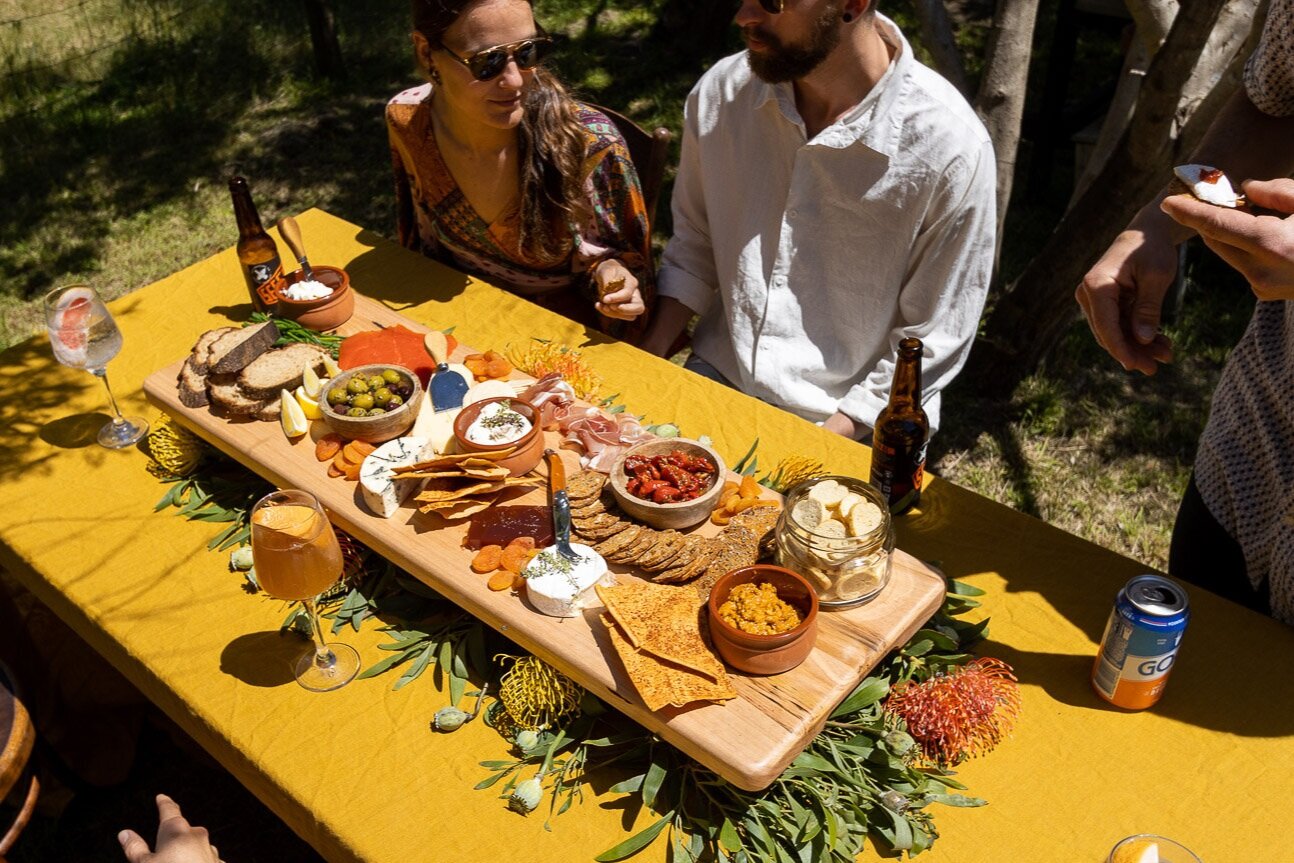

“For this week’s DIY Project as part of our Christmas Gift Guide Series we thought we’d make a nice BIG Grazing Board that is perfect for those who love to entertain (like us). ”
TOOLS
TAPE MEASURE
PENCIL
DROP SAW OR CIRCULAR SAW
JIGSAW
ROUTER
SANDER OR SANDPAPER
CLAMPS
PROTECTIVE GEAR
SAFETY GLASSES
EAR PROTECTION
TIMBER
BOARD
1 X 2000MM X 170MM X 30MM HARDWOOD
Finished Size once joined
1000mm X 340mm x 30mm)
STANDS
1 X 500 X 140mm X 20mm HARDWOOD
1 X 600 X 80mm X 30mm HARDWOOD
Finished sizes once joined
2 X 250mm X 140mm X 20mm
2 X 150mm x 80mm x 60mm
MATERIALS
GLUE NON-TOXIC FOOD SAFE
WE USED TITEBOND III
SEAL - NON-TOXIC FOOD SAFE
WE USED FIDDES HARWAX OIL


step 1.
For this project I used recycled messmate which is an Australian Hardwood for the board and stands.
step 2.
The first thing I did was measure my piece for the board and cut it in half, my piece was just over 2metres so this was perfect as we wanted to make the board 1metre in length. Refer to to the cut list above for the measurements we used - however you can make your board any size you like and continue to follow the steps below.
This is also a great time to cut your stand timbers. For the size of our board you’ll want 2 x 250mm x 140mm for the tops and 4 x 150mm x 80mm x 30mm.
Step 3.
Once cut, I arranged my two pieces of board timbers to get the best looking join and made sure my join would be nice and tight. Once I was happy I glued* and clamped my pieces together, making sure the boards were flush the whole way along. We suggest using a lot of clamps here, alternating them as you work along your piece. I also clamped 2 straight pieces to my piece on both ends to ensure it didn’t twist while drying.
Glue and clamp the 150mm x 80mm x 30mm pieces together to create two 150mm x 80mm x 60mm blocks.
*Make sure you are using a non-toxic food safe glue.
Step 4.
Once dried I removed the clamps and gave the board a good sand with 80g sandpaper, I used my belt sander, but an orbital or hand sand paper would also do fine.
Step 5.
I wanted rounded corners for the board so I used a lid from my glue bottle to trace the pattern on each corner, then using my jigsaw cut the rounded edge.
Step 6.
Next I routed the top edge with my bullnose bit all the way around. Using my own hand for reference I measured and marked 125mm centred on the bottom side of my board for the handle cut-outs. I changed my router to a mushroom bit with a guide to cut my handles.
Step 7.
I used hand sandpaper to sand the handles making sure to remove any burn marks from the router and then gave the whole board a good sand with 120g sandpaper using my orbital sander.
Step 8.
Sand your stand pieces, glue and clamp the base to the centre of the top. Once dry scrape off the the remaining glue with a chisel.
Step 9.
I then sealed everything with satin finish Fiddes Hard Wax Oil which is non-toxic and food safe.
Once dry i gave everything a light sand with 240grit and did a second coat, this gives it a really silky smooth finish.
More Home Styling Tips

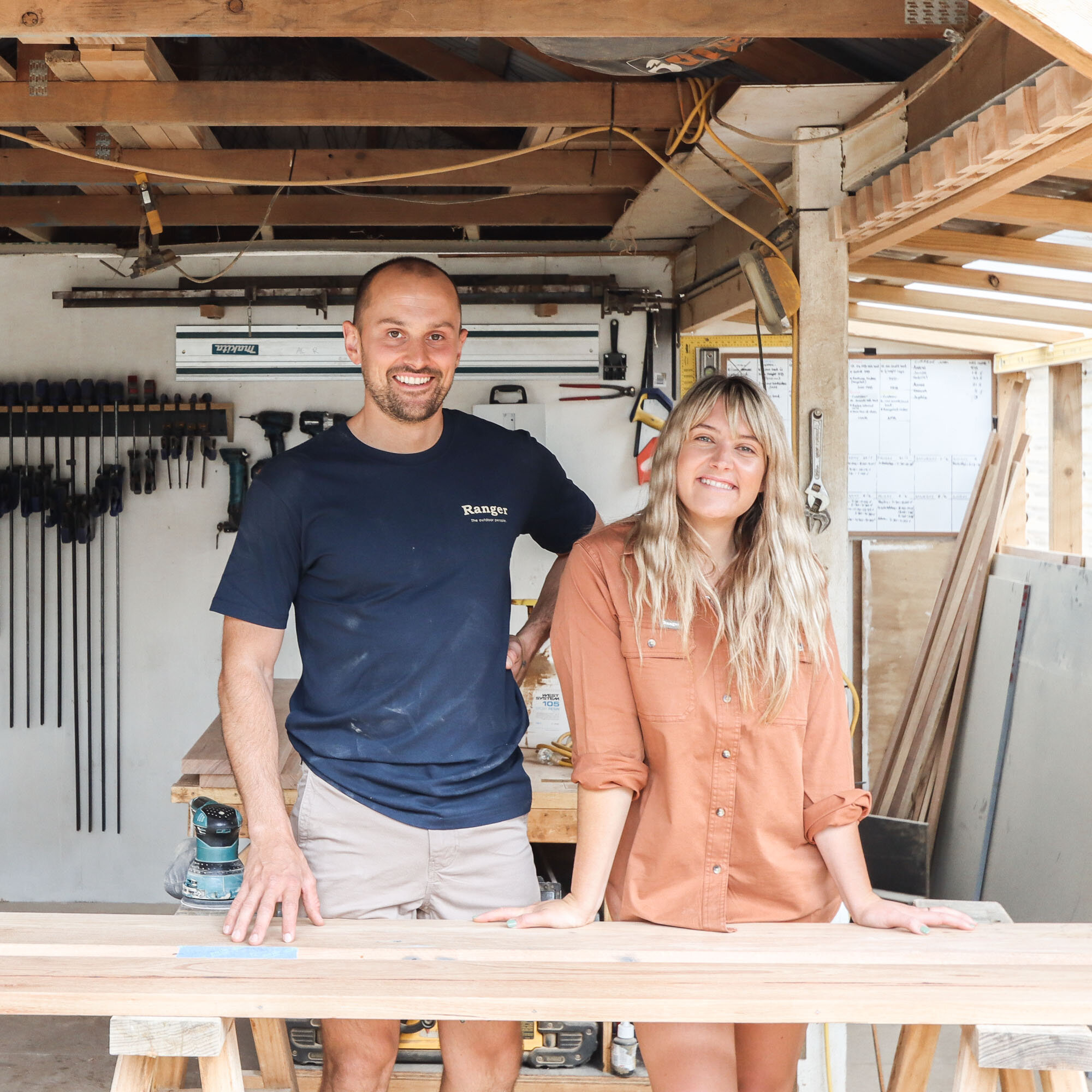
HEY! WE’RE AL + IMO
We’re a husband and wife duo, building our dream life one DIY project at a time. We are proudly self-taught, furniture-makers, business owners, designers and stylists.
DIY RUNS IN OUR DNA
We firmly believe what you learn should be shared which is why we created our Journal. A place where you can learn new skills and be inspired by other creatives.
Top Categories
ON THE JOURNAL
For our family bathroom we wanted to create a functional, practical and beautiful space that felt like a dayspa. Click through to read how we created this space from start to finish.
Discover why we chose Champion Blinds for our new home in Torquay. From their local showroom to personalised service, learn how they transformed our space with high-quality blinds and curtains, offering convenience and expertise every step of the way.
The inspiration for our master bedroom and ensuite came from chasing the feeling we get when we stay in really beautiful places. Whenever we’re planning a trip I love to research and find unique accommodation, places that inspire creativity and ignites ideas between myself and Al. So when it came to designing our own master bedroom and ensuite that’s where we pulled inspiration from.
Step into Daisy's sweet nursery, where every piece of furniture tells a story, weaving a legacy of love from Goldie's past to Daisy's present. Join us as we pass our heirloom nursery furniture down from one sister to the next, crafted lovingly by mum and dad. A playful and peaceful room perfect for our Daisy girl.
Elevate your bedroom with our passion for design, sustainability, and the beauty of custom creations. Dive into the world of AL + IMO and transform your sleeping space into a sanctuary of style and craftsmanship.
Discover the fun journey of Goldie transitioning from her cot to a custom big girl bed in our latest blog post. Dive into a world of colour, DIY, and personalised touches as we share our creative process in designing and styling Goldie's playful toddler bedroom – where good design meets the sweetest moments of growing up.
Welcome to the Pandaemonium Paper. A humble newspaper bringing you the stories, experiences and insights of the innovators, creatives and business builders living outside the traditional metropolitan mould. Subscribe to have each issue delivered to your door every quarter.
In this post, we share some tips for when it comes to making design selections for your new home or renovation.
In this post we share how to install TouchWood timber panelling and some tips that Al has picked up along the way. They come in sheets 1200w and in lengths up to 3.6m which means you can cover a larger surface area quicker and more sustainably than using solid hardwood.
I (Imo) absolutely love dishes that are packed full of flavour and this does not disappoint. This meal freezes well too so it’s a great recipe for meal-prep.


